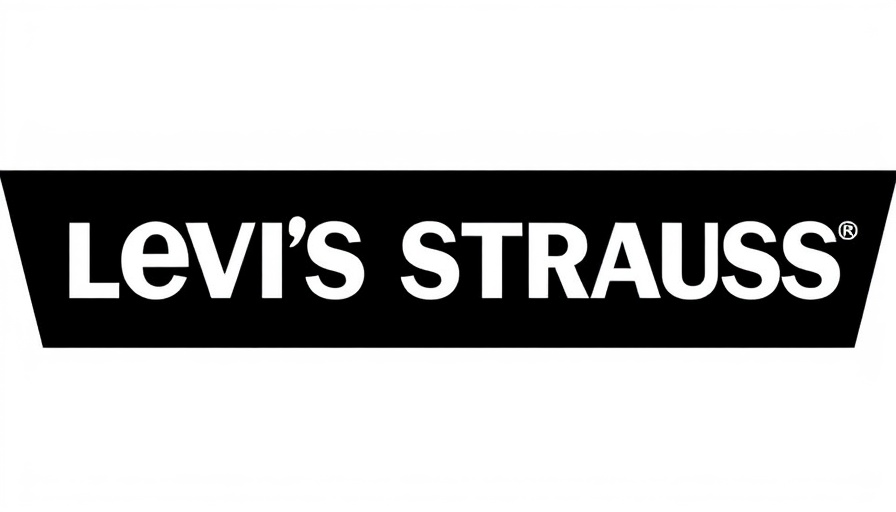
Embracing Diversity: A Commitment Beyond Words
In a world where everyone's voice deserves to be heard, Levi Strauss & Co. stands out as a beacon of inclusion. The essence of inclusion isn't just a corporate buzzword; it is deeply embedded in the culture and everyday practices of the company. Their commitment to diversity extends beyond policies and brochures—it's about nurturing an environment where every employee feels empowered to express themselves freely, regardless of their background.
Community Through Employee Resource Groups
A key element of Levi Strauss's approach to diversity is their robust network of Employee Resource Groups (ERGs). These groups provide spaces where employees can come together, share their experiences, and support each other. They help reinforce a culture of connection and camaraderie, demonstrating how belonging can drive change both within the workplace and in the wider community. Through ERGs, the company fosters an environment where differences are celebrated and harnessed to innovate and create impact.
Recognitions that Speak Volumes
Levi Strauss's efforts in diversity and inclusion have not gone unnoticed. The company regularly participates in industry indexes, allowing them to measure their D&I practices against peers. This commitment to transparency and improvement showcases their dedication to continuous learning and evolution. Awards and recognitions from various media platforms testify to their progress and achievements, even as they acknowledge the journey ahead.
Future Trends in Workplace Inclusion
As we glance towards the future, it is intriguing to predict how the emphasis on diversity and inclusion will shape corporate landscapes. Expect to see increasing numbers of companies following Levi Strauss's lead, recognizing that fostering an inclusive environment isn't just good for employees—it's also smart business strategy.
Engaging in Meaningful Change
For consumers, understanding a company's commitment to diversity can influence purchasing decisions. Many shoppers today prioritize brands that align with their values, making it imperative for companies like Levi Strauss to not only talk the talk but walk the walk. Investing in diversity and inclusion isn’t merely about fulfilling corporate responsibilities; it can lead to enhanced creativity, better employee satisfaction, and an overall stronger company image.
As we continue to champion diversity and inclusion, Levi Strauss & Co.'s example should remind us of our collective responsibility to advocate for change. It’s not just about a workplace; it’s about creating a world where everyone can find community and acceptance. Let's all strive to make our environments more inclusive because it benefits us all.
 Add Row
Add Row  Add
Add 




Write A Comment